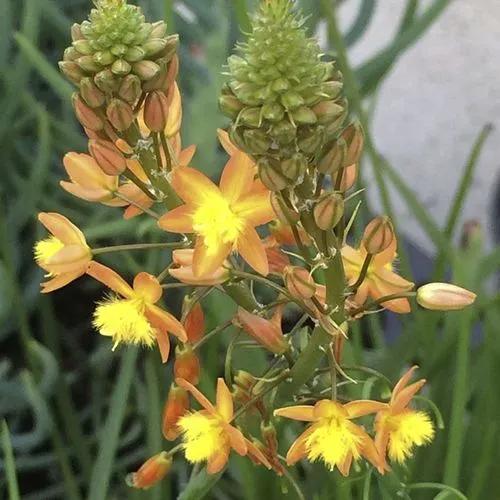Setaria faberi, the Japanese bristlegrass, nodding bristle-grass, Chinese foxtail, Chinese millet, giant bristlegrass, giant foxtail or nodding foxtail, is an Asian grass. It is a summer annual, with plants emerging from seeds in the spring, and setting seeds in the late summer or fall.
Japanese Bristlegrass, Nodding Bristle-Grass, Chinese Foxtail Care
Setaria faberi



Giant foxtail has been introduced to North America, where it is a widespread weed. It is a significant pest of corn, reducing crop yields by 13–14% at average plant distributions. Mechanical control of giant foxtails by night tillage, rotary hoeing, or flaming is very difficult. Crop rotation with two years of alfalfa effectively reduces giant foxtail populations. Herbicides can effectively control the plant when it is growing amongst broadleaf crops, but are less effective when it is infesting corn.
This plant might be poisonous
How to get rid of:
Setaria faberi. Setaria faberi (giant foxtail) is more difficult to control with soil-applied herbicides in conservation-versus conventional-tillage systems.
Hand-dig, pull, hoe.
This approach requires little more than common garden tools and elbow grease. Hand-digging weeds works best with smaller shrubs, non-woody stemmed vines or bunching perennial grasses. It also can be effective with young starts of larger plants, such as small saplings or vines.
Utilize these techniques when soil is moist to enable easy root excavation. When digging plants, remove as much of the root system as possible to prevent resprouting.
Disking.
For larger areas, like pastures, turning vegetation into soil with a disk harrow can effectively eliminate some brushy weeds. You can achieve the same results in smaller spaces using a rototiller. For dense vegetation, use a rotary mower (brush hog) to cut plants before turning soil. Avoid turning soil when dealing with weeds like Thistle, Cocklebur, Bermudagrass (wiregrass) or Johnsongrass. These weeds can spread more aggressively when soil is disturbed.
How to Care for the Plant

Popularity

214 people already have this plant 24 people have added this plant to their wishlists
Discover more plants with the list below
Popular articles






